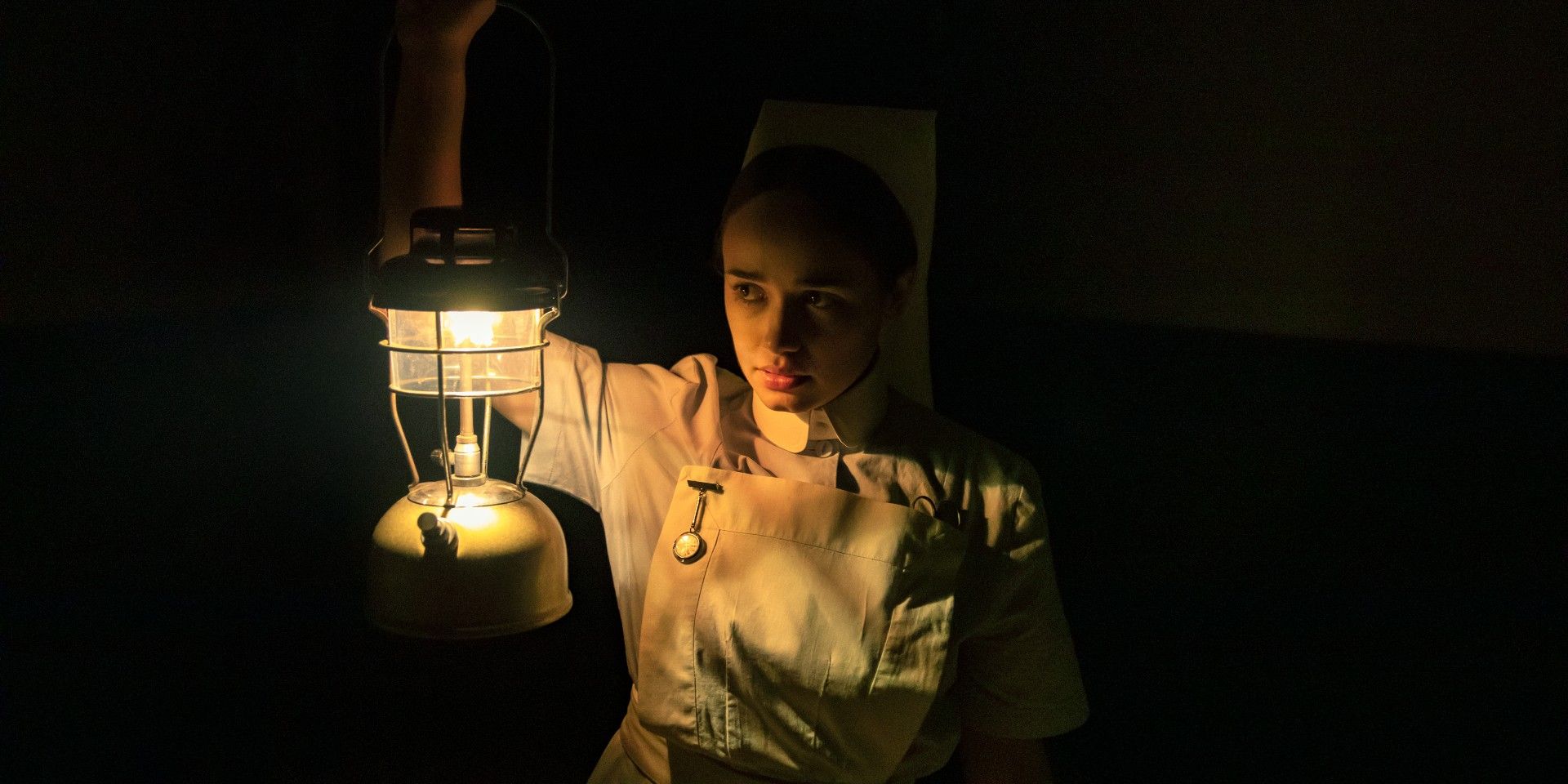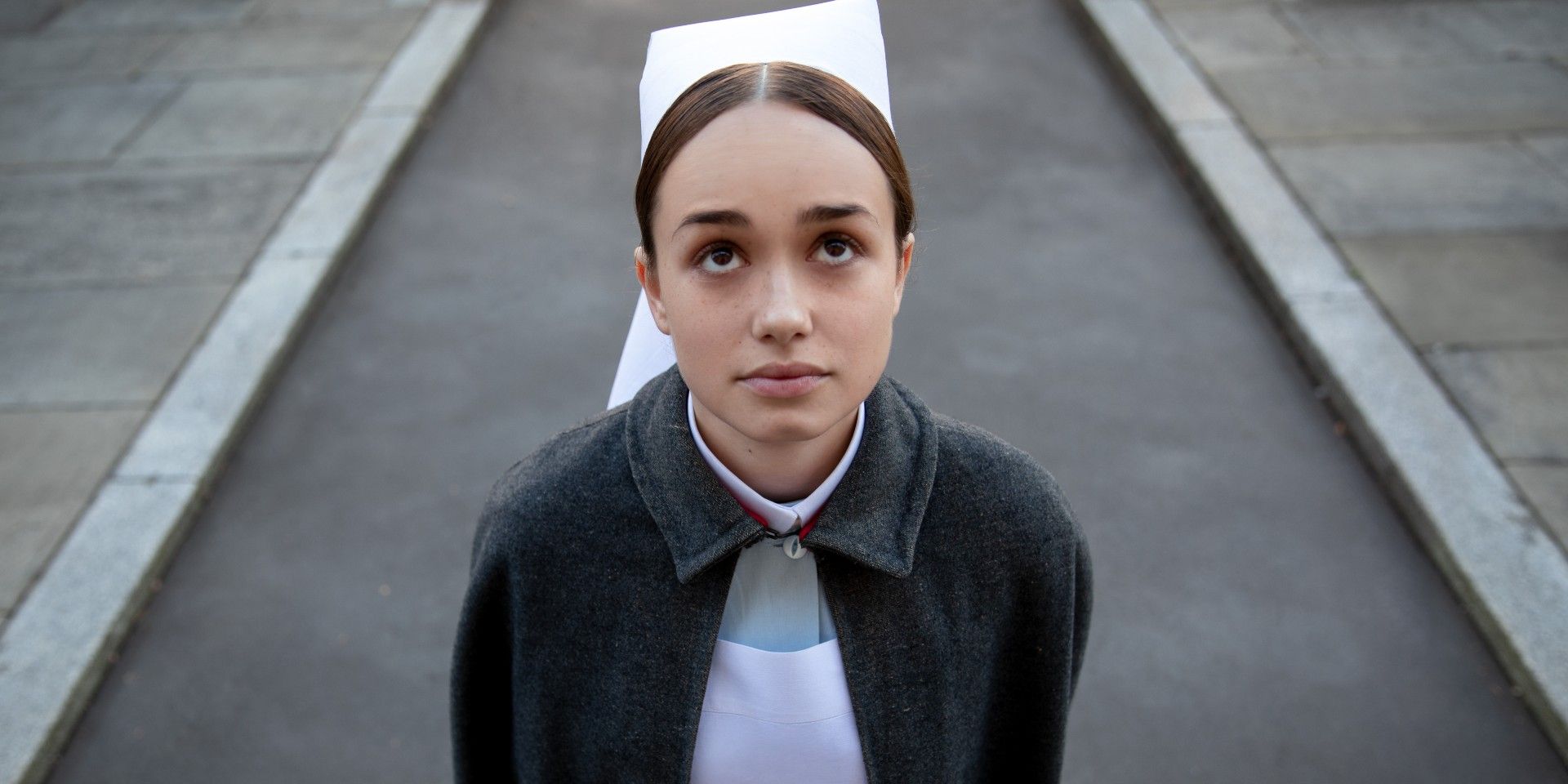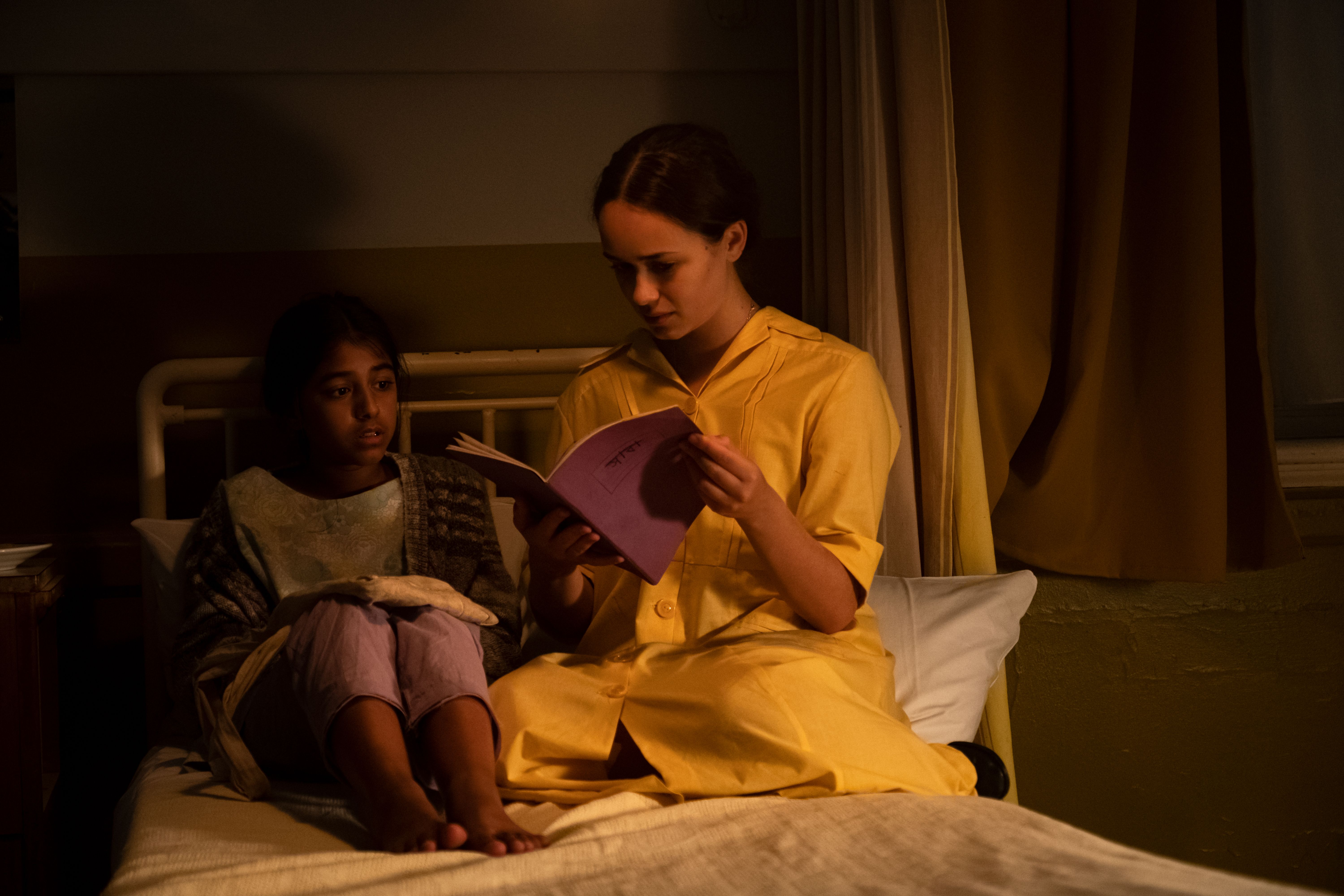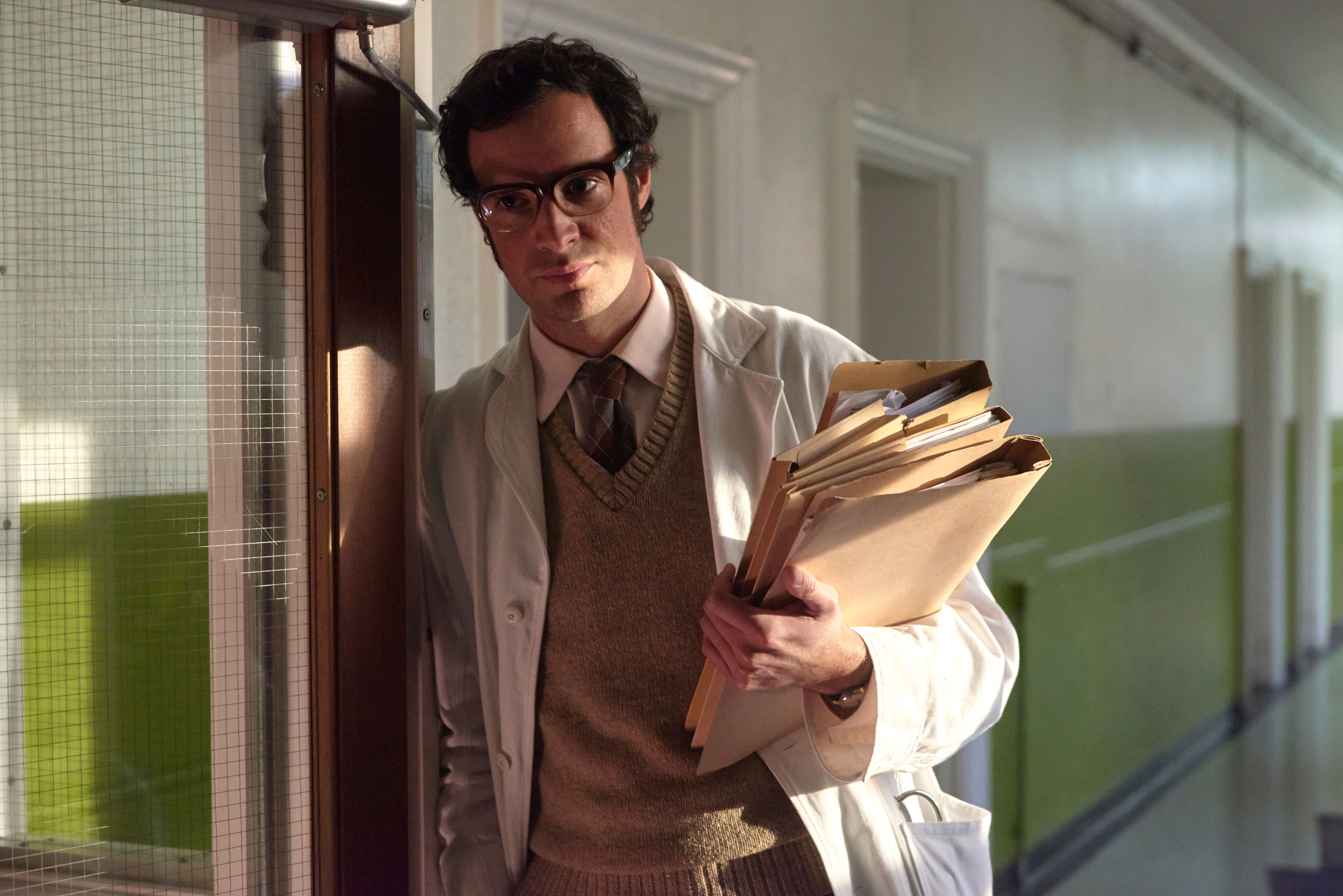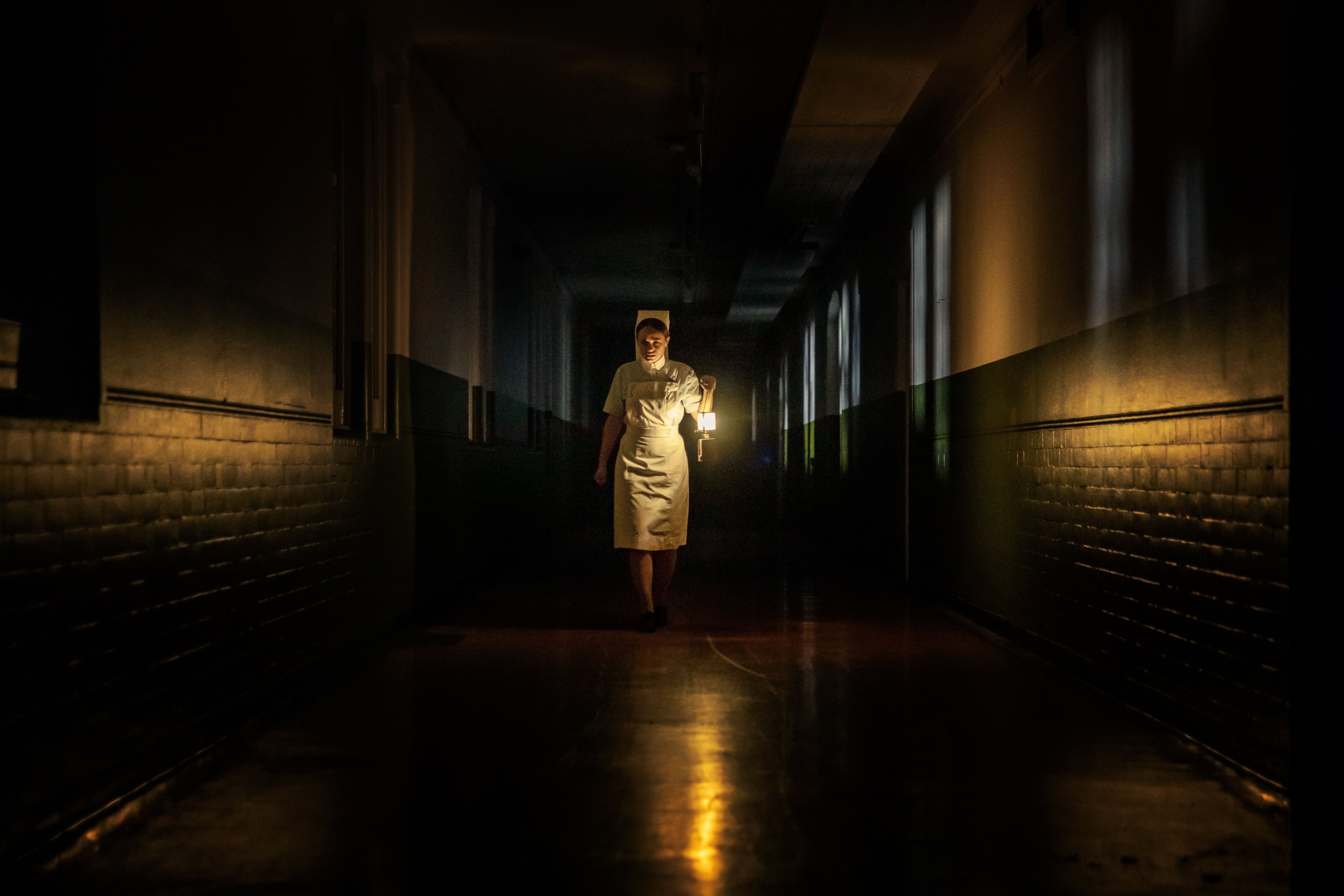Warning: This interview contains conversations around physical and sexual abuse towards women and children.
Written and directed by Corinna Faith, The Power is a horror film that lends an empowering voice to the women who have been silenced in the aftermath of abuse. Set in 1974's London, the film follows an anxious nurse named Val on her first day of work at East London Royal Infirmary. However, on her first day, she finds herself forced to work the graveyard shift at the seemingly decaying hospital while rolling blackouts sweep through Britain.
During the darkest of hours, Val comes face-to-face with the hidden horrors in the walls of the hospital as well as some horrors from her past that she has tried to forget. In an exclusive interview with CBR, Faith shared how research into 70s-era London hospitals inspired the film's terror and delved into how she chose to portray trauma within the supernatural realm of horror.
CBR: I really respected how the film tackled this subject matter. Without spoiling it, I was curious why you chose to set this film in 70s-era London? The subject matter, sadly, feels like it could be set at any time.
Corinna Faith: At the time that I was looking for a ghost story to write, there was a lot in the news about scandals coming out of lots of institutions in the UK -- hidden abuse that had gone on for decades -- and they were mostly in the 70s. So I started thinking about that time, about that era. Then I came across the [historical] setting of [London's] blackouts, so I wanted to combine those two things because I just thought they were very rich territory for a ghost story. I also deliberately wanted to talk about this subject matter at a different time, because I think it can be easier, in a way, to get people to engage with these very tricky areas, and then they can apply it back to a modern setting. I think that can be quite a helpful way.
Speaking of the research that you did around the subject matter of childhood abuse in mental health institutions and hospitals, was there a specific story or a piece of history that stood out to you that you'd like your audience to know?
Unfortunately, a whole multitude of them. There was a lot from children's homes.
Particularly, there was a very famous one here, at the time, with Jimmy Savile. I don't know if you're aware of that one? [He was] this very famous 1970s kids presenter, which involves access to hospitals over decades and children. There were a lot of boarding school ones coming out as well. They're still coming out now, across the board institutionally.
Similar to your short film "Care" that you directed, The Power also explores how health care professionals gain access to people in a way that others can't. I was curious what draws you to creating tales about caretakers?
I haven't made that connection before. I don't know if there's an intentional one there.
But, certainly, I'm interested, constantly interested in power dynamics. There is a very complex arrangement of power dynamics between caregivers and care receivers. I suppose that the parallel with those two films is the kind of it's an important role but it's also the caregiver is quite vulnerable and underappreciated role. Though I think, generally, how power dynamics can shift and then power can tilt in relationships has my interest.
You mentioned wanting to utilize the story's blackouts to heighten the ghost story aspects. What was the hardest part around directing where parts of sets are quite literally blacked out? Was blocking scenes a bit harder, or was lighting frames a bit trickier?
Well, the first challenge was that we couldn't do everything at night. We would have killed everyone and exhausted them. So we had to find bases that we could fully black out and work in the day. Then it was just really fun actually trying to compose frames and thinking about where we wanted the light to fall away.
I always wanted there to be as much dark and sense of the unknown in the frame as possible, particularly with the wide images so that people's eyes are racing around the screen, hopefully looking for where something might be. Most of the time, things aren't there. I always really enjoy that in films, where you get the chance to explore quite a big set with your eyes. It heightens the anxiety, I think, quite a lot.
Yeah, and the set is gorgeous too. I was curious how much of that was found versus what was set up for shots. Was it filmed in an old abandoned building that was used prior? It felt that way but I didn't want to assume it.
We were definitely looking for a building that would have its own character. I wanted to find a place that I could attempt to catch the real atmosphere and give Rose a really resonant space to act from and have that whole layer for her to dig into. We really struggled to find a building. Then, just sheer luck, we found this fantastic space, because more of it opened up just before we started shooting, which was an ex-psychiatric hospital in London. There is tons of atmosphere and 100-year history there. It was being used by day as a medical hospital, but this bit that we were shooting in had been blocked off for quite a long time. We were able to do what we wanted with it, so we created our hospital within an area of a real one, essentially.
When writing this ghost story, what were some rules that you made for yourself about how ghosts in your world would or wouldn't work?
I had very strict rules in terms of that when I was writing scripts, but actually, in the edit, I felt it was unnecessary.
In terms of the construction of the piece, there was the idea that [the ghost] could only appear to our protagonist when there was enough darkness around her because she was appearing when Val was in a vulnerable state. She was in the dark and it was because of her own fear of the dark, and that connection between their two histories so that she could see the ghost and the ghost could feel her out when they were scared and in a shared space. So that is, technically, true all the way through. But when it came to the idea, it didn't feel necessary to actually spell that out or kind of have anyone say it aloud.
Speaking of Rose Williams, she's phenomenal. She really captures the spirit of Val. For her more physically demanding scenes, did she have a stunt double? And if not, what did you do to prepare her for those possession scenes?
No, she didn't have any stunt double. It was all her -- apart from the smash through the window. We spent, for the big possession scene, two days, me and her blocking out with a movement coach. She learned it like a dance, like a choreographed piece of dance and then practiced it and was able to come back and break it down and perform it.
The Power arrives on VOD, Digital HD, and DVD on Sept. 21.

